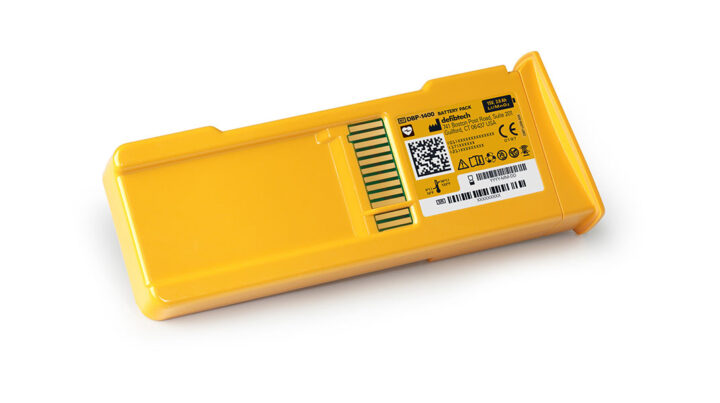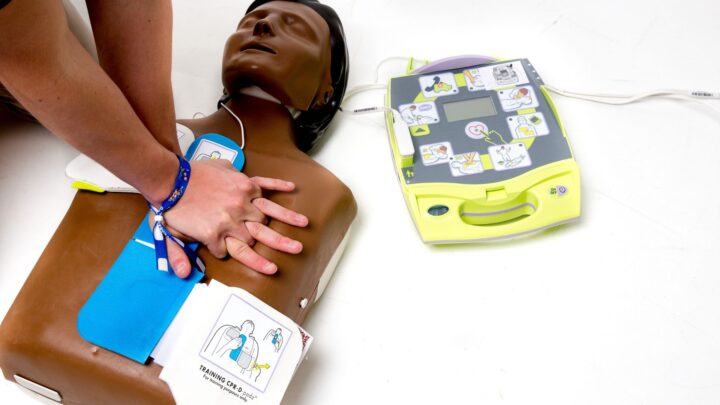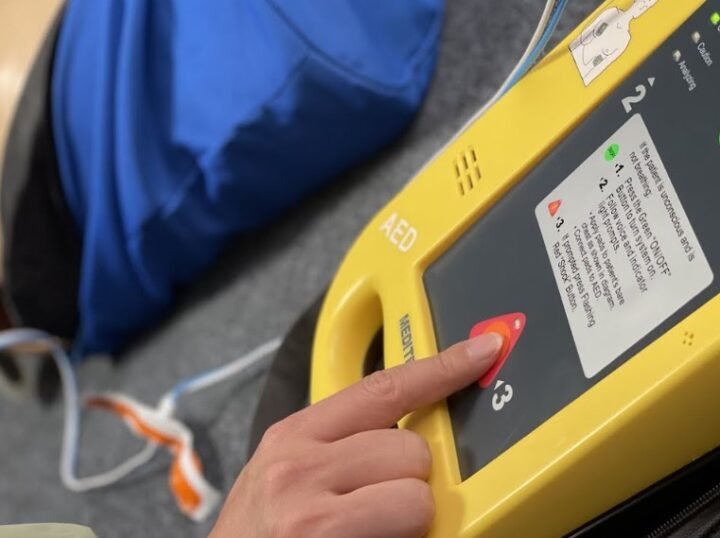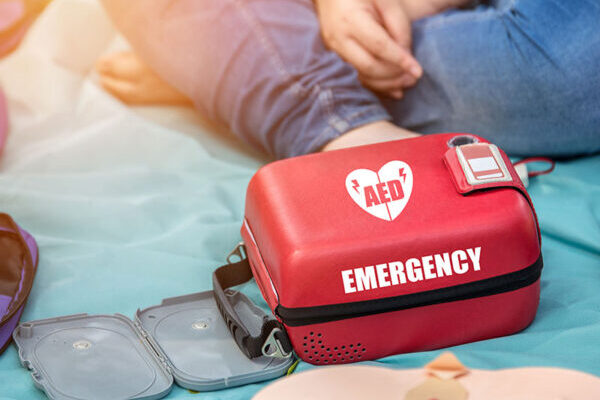AED batteries play a vital role in emergency response as they are used to power the AEDs, allowing AEDs to function effectively. They are also essential to anyone who is looking to purchase an AED. A critical part of our society, hospitals and EMS providers need the right tools to respond appropriately to any situation and save lives.
One such tool is the Automated External Defibrillator, a device designed to shock the heart and restore normal rhythm. This article discusses how batteries are used to power AEDs and how they can deteriorate over time. It also discusses tips to find the best AED batteries and best practices for keeping your AED batteries in good condition.
What Is An AED Battery?
AED batteries provide the power for the AED to operate and are considered a piece of emergency response equipment. They are critical during emergency response and should always be remembered.
Emergency response is based on the mantra “prepare for the worst, hope for the best.” When an emergency response is needed, our first instinct is to act. AED batteries provide the power and energy required to provide life-saving care during a cardiac arrest. They keep the AED functioning during the most crucial time.
What Is The Role Of AED Batteries?

The role of AED batteries in emergency response is vital for several reasons. First responders need to have the batteries in their AEDs because it is impossible to pump the chest of someone unresponsive without them. If a person is unresponsive, the AED will provide the first responder with the necessary information to perform CPR.
AED batteries are also necessary because they allow the device to work for an extended period without being plugged into a power source. Because the batteries last long, first responders get enough time to perform CPR.
How To Get The Best AED Battery?
There are many different types of batteries that AEDs use. Some of the most common are alkaline batteries and lithium batteries. The most important thing to remember is to purchase the correct type of battery for your particular AED.
The first step is to read your AED instruction manual and find what type of battery your AED requires. The instructions should tell you if you need a specific size or can use various batteries. The second step is to visit your local electronics store and find the correct battery for your AED. You should contact the manufacturer if you need help finding your manual or look up the AED battery’s specifications online or on their website.
The Benefits of Having AED Batteries in Emergency Response

They provide a number of crucial benefits in emergency response. For example, by having it fully charged and on hand when emergencies occur, medical personnel are able to access a reliable source of power quickly in order to start providing the necessary care.
Additionally, having extra batteries available can help extend the time available for treating patients. The most common cause for their failure is due to the battery not being properly maintained, so having additional batteries that are regularly checked and rotated ensures that medical personnel always have ready access to power when responding to a call.
Furthermore, carrying extra ones in an emergency response vehicle helps ensure that any equipment needed can be easily transported and accessed whenever required. This reduces the time needed for setup and helps medical personnel better focus on providing treatment. Properly stored spare batteries also reduce downtime between calls due to equipment malfunction or damage caused by poor maintenance and storage practices.
These benefits highlight the need for proper training and the use of these batteries in an emergency response setting. By increasing awareness of the importance of having properly stored spare ones on hand when responding to calls, medical personnel can better ensure quality care is provided even under difficult circumstances.
How To Tell When AED Batteries Are About To Die?
You can use some simple tips to tell when your AED batteries are about to die and need to be replaced. Firstly, you should check the battery life bar on the AED to see how much charge is left in them. You can also check the date manufactured, installation date, and expiration date of the AED battery, which will give you an approximate timeline of when a replacement is needed. If the battery’s expiration date is near, you should replace the battery.
Another sign is when you see a flashing red light on the AED, or it sounds like it is struggling to charge, followed by a message on the screen that says “Battery Low.” It is time to get new AED batteries. If you notice that your AED is taking a long time to respond to your commands, this should prompt you to do a battery replacement.

What To Do If You Have An AED Battery Emergency?
If you are in a situation where you need to use an AED and you don’t have a charged battery, there are a few things you should do. First of all, you should locate the nearest power source. If you are in a hospital or some other medical facility, the power source is likely to be the wall outlet. If you are outside, you should locate the nearest power source, such as a car. If you cannot find the closest power source, it is advisable to call emergency services.
Heart attacks are among the top causes of death in the United States, and the time between the onset of symptoms and the time the patient arrives at the ER for treatment can be as short as four hours. At this point, chances of survival are slim. Therefore, it is vital that every person has an AED on hand and adequately maintains it by ensuring the batteries are not expired. Following the necessary steps can help save many lives.




